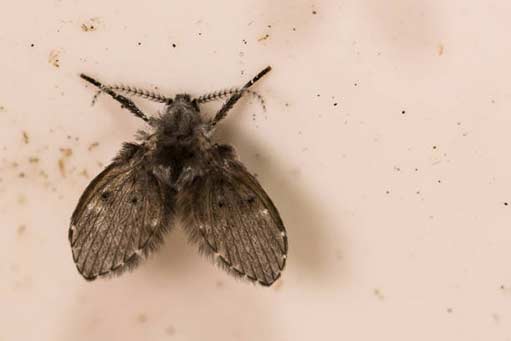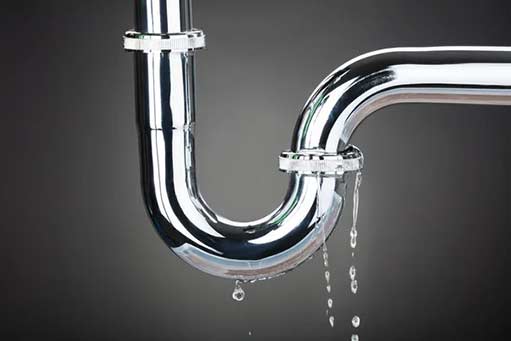
Are you tired of seeing those pesky gnats buzzing around your drains? Don’t worry, you’re not alone. Gnats can be a nuisance, but with the right approach, you can eliminate them for good. Here we will provide you with effective methods to get rid of gnats in your drains and prevent them from coming back. Whether you’re a homeowner or a renter, these tips will help you reclaim your space and eliminate those annoying pests.
Understanding the Problem
Before we jump into the solutions, let’s take a moment to understand why gnats are attracted to drains in the first place. Gnats, also known as drain flies or fruit flies, are attracted to decaying organic matter. The moist and nutrient-rich environment inside drains provides the perfect breeding ground for these tiny insects. If left untreated, a small infestation can quickly multiply and become a big problem.
Identifying the Source
Now that we know why gnats are drawn to drains, it’s important to identify the source of the infestation. Start by inspecting your drains for any signs of gnats. Look for adult gnats hovering near the drains or small larvae crawling on the walls. Additionally, check for any buildup of organic matter or stagnant water inside the drains.

Step-by-Step Guide: How to Get Rid of Gnats
Clean and Sanitize
The first step in eliminating gnats from your drains is to thoroughly clean and sanitize them. Start by removing any debris or gunk that may be blocking the drains. You can use a wire brush or a plumbing snake to remove any buildup. Next, use a mixture of hot water and bleach to flush out the drain. This will help kill any remaining gnats or larvae hiding inside.
Use Natural Drain Cleaners
If you prefer a more eco-friendly approach, you can try using natural drain cleaners to get rid of gnats. One popular method is to pour a mixture of vinegar and baking soda down the drain. The foaming action of the mixture helps break down organic matter and kill any gnats or larvae in the process.
Cover or Seal Drains
To prevent gnats from entering your drains in the first place, consider covering or sealing them. Use drain covers or screens to block access for adult gnats, while still allowing water to flow freely. For smaller drains, you can use a tight-fitting rubber stopper or plug to seal them when not in use.
Keep Drains Dry
Gnats thrive in moist environments, so it’s important to keep your drains as dry as possible. After using the sink or bathtub, make sure to wipe down any excess water and dry the surrounding areas. This will discourage gnats from breeding and help break their life cycle.
Maintain a Clean Kitchen
Gnats are often attracted to kitchens due to the presence of food and moisture. To minimize their presence, make sure to keep your kitchen clean and dry. Regularly wipe down surfaces, clean up spills, and store food in airtight containers. Empty and clean your trash cans regularly to avoid any decaying matter that can attract gnats.
Fix Leaks and Plumbing Issues
Gnats are drawn to stagnant water, so it’s important to locate and fix any leaks or plumbing issues that may be contributing to the problem. Check for any dripping faucets, leaky pipes, or faulty seals. Repairing these issues will not only help get rid of gnats, but it will also prevent other water-related problems in the long run.
Utilize Homemade Traps
If you’re dealing with a stubborn gnat infestation, you can create homemade traps to catch and eliminate them. One effective trap involves placing a mixture of apple cider vinegar and dish soap in a shallow bowl. The gnats will be attracted to the vinegar but will get trapped in the soapy solution.

Preventing Future Infestations
Now that you’ve successfully eliminated the gnats from your drains, it’s important to take the necessary steps to prevent future infestations. Here are some tips to help you keep those pesky gnats at bay:
1. Regularly clean and sanitize your drains to prevent any buildup of organic matter.
2. Install drain covers or screens to block access for gnats.
3. Keep your drains as dry as possible by wiping down excess water.
4. Maintain a clean and dry kitchen to minimize the presence of gnats.
5. Fix any leaks or plumbing issues that may be attracting gnats.
6. Empty and clean your trash cans regularly to remove any decaying matter.
7. Use natural repellents, such as essential oils or herbs, to deter gnats from entering your home.
Gnats in your drains can be a persistent annoyance, but with the right approach, you can eliminate them for good. By following the steps outlined in this article, you can clean and sanitize your drains, prevent future infestations, and reclaim your space from these pesky pests.
Remember to be proactive in maintaining cleanliness and addressing any plumbing issues to keep your drains gnat-free. Say goodbye to gnats and hello to a clean and pest-free home!

